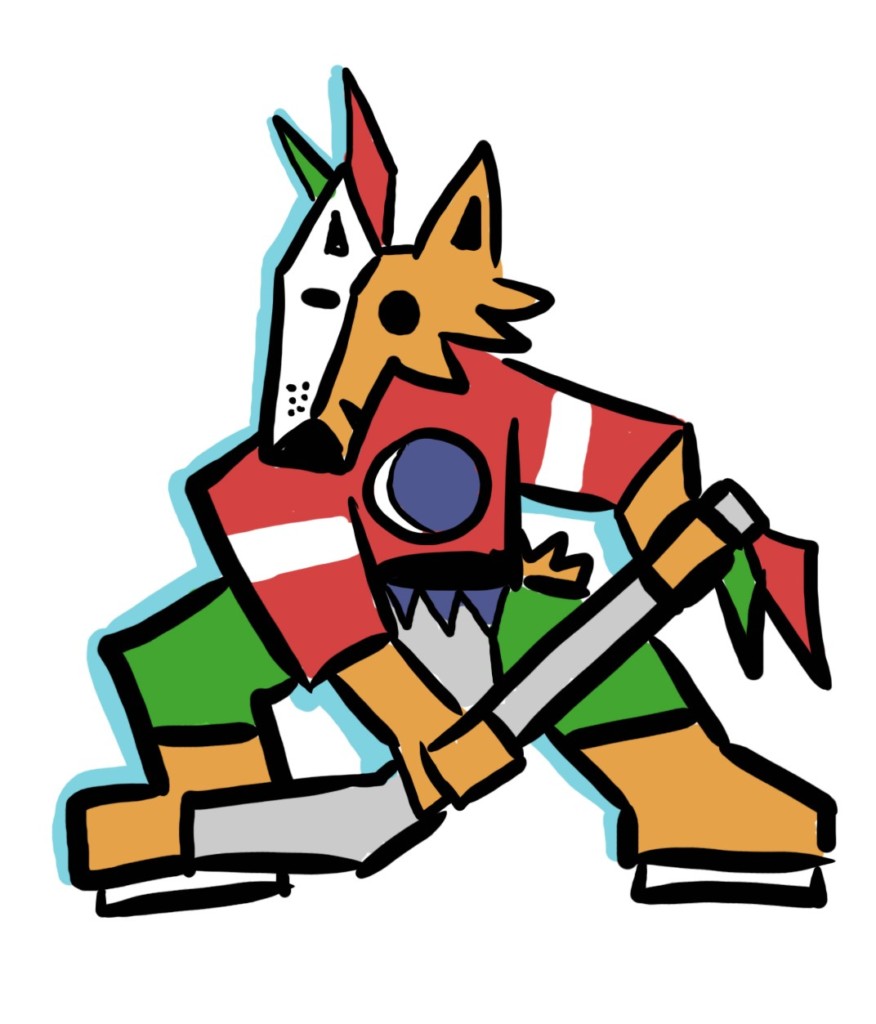
What could be called Ninja Volleyball
By Carlos Bilan, Staff Writer
Do you love volleyball? Well, imagine a sport like that, except you can’t use your hands and arms to hit the ball. You’re only allowed to use your feet, legs, chest, and head to kick or hit the ball. It does sound kind of like a sport played by ninjas, right?
Sepak Takraw is a sport that originated in Southeast Asia. Each country has its own name for the sport, which all signify the verb “kick.” According to Sepak Takraw’s official website, it is unclear from which country it originated, making it a topic of historical debate. However, it is clear that the sport evokes Southeast Asian cultural traditions, and throughout the early centuries, people living in the Philippines, Malaysia, Thailand, Indonesia, Laos, Myanmar, and Brunei have been engaging in this activity. In the early ’60s, the nations came to an agreement, codifying this activity and turning it into a sport. In this way Sepak Takraw has been a sport that symbolizes unity for the Southeast Asian nations.
According to the ISTAF law of the game, the ball is traditionally made of rattan, having 12 holes and 20 intersections. It has a circumference of 41–43 centimetres and weighs 170–180 grams for men, and is 42–44 centimetres and 150–160 grams for women.
The rules are fairly simple, but the way it is played is the real challenge. The court design is like volleyball, where there is a net that divides opposing teams. The traditional and popular format is the Regu format, wherein each team will have five players; two will be substitutes, and three will be on the court.
The three players on court representing their team each play distinct roles. A team must have a server, a striker, and a feeder, and all three possess different skill sets.
The first role is the server, who stands on the centre with one foot in the serving circle and the other foot ready to kick the rattan ball when it’s tossed to them by one of their teammates. At the service phase, the teammate who tosses the ball to the server can use their hand, so they toss strategically to help the server kick a serve that will be hard for the opposing team to block. After serving, the server usually stands at the back and tries to block, execute volleys, and set the ball for the other teammates.
The second role is the striker—also called the killer—who attacks and counterattacks, blocks incoming spikes when not in possession of the ball, and executes killer strikes or smashes.
The third is the feeder, whose role is to have maximum control of the ball, which is why the role is given to the most responsive, agile player in the team. The feeder’s goal is to set the ball and give the striker the opportunity to exert their maximum potential to strike the ball hard over the net. The feeder should also be skilled enough to spike the ball as well when there’s an opportunity for them to score. Both the feeder and striker usually stand at the front left side and front right side of the court near the net.
By this time, the rules of volleyball apply, because both teams now have to execute volleys and block using either feet, legs, chest, and head—yes, you really can’t use your arms and hands! Scoring in the Regu format is similar to volleyball, as a maximum of three touches—not using the hands of course—is allowed on your side of the court without the ball hitting the ground. A match follows the best of three format, so the first team to win two sets of 21 points wins the game.
If you watch the most viewed games on YouTube—usually of recordings in tournaments at the Asian Games—you will think that the players are defying gravity because they do somersaults and kicks while in the air.
There actually has been an ongoing effort by the ISTAF to try to make it an Olympic sport, but it is a requirement that an Olympic sport must be popular and played in at least 75 countries around the world. However, in Canada we have the Sepak Takraw Association of Canada and America, so the sport is on course to attain that goal with growing recognition overseas.


